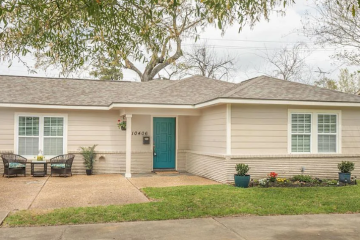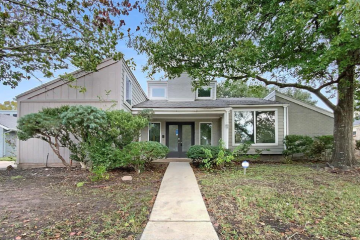Living in a small home doesn’t mean sacrificing style, functionality, or comfort. With thoughtful design and creative solutions, you can maximize the space you have and create a home that feels spacious and inviting. Here are some clever design tips and ideas for maximizing space in a small home:
- Embrace Minimalism: Start by decluttering and adopting a minimalist approach to your home decor. Remove unnecessary items and keep only what you truly need and love. A clutter-free environment instantly creates a sense of spaciousness and allows your home’s design elements to shine.
- Utilize Vertical Space: Make the most of your vertical space by incorporating floor-to-ceiling storage solutions. Install tall bookcases, shelves, or built-in cabinets that reach all the way up to the ceiling. This not only provides ample storage but also draws the eye upward, making the room appear taller and more expansive.
- Multi-Functional Furniture: Invest in multi-functional furniture pieces that serve multiple purposes. Look for items like sofa beds, ottomans with hidden storage, or a dining table that can double as a workspace. These versatile pieces help maximize space by serving dual functions without compromising style.
- Smart Storage Solutions: Explore innovative storage solutions to keep your belongings organized and out of sight. Consider under-bed storage containers, hanging organizers on the back of doors, or utilizing the space beneath the stairs. Use storage baskets, bins, and boxes to keep smaller items neatly tucked away.
- Light and Bright Color Palette: Opt for a light and bright color palette to create an airy and open feel in your small home. Choose neutral colors like whites, creams, and pastels for walls, furniture, and decor. Light-colored walls reflect natural light, making the space feel more spacious and inviting.
- Mirror Magic: Strategically place mirrors throughout your home to create the illusion of more space. Mirrors reflect light and visually expand the room. Consider placing mirrors opposite windows or in narrow hallways to add depth and make the space feel larger.
- Open Shelving: Swap out bulky cabinets and opt for open shelving in the kitchen and other areas of your home. Open shelves not only provide storage for essentials but also create a sense of openness and showcase your favorite dishes or decor items. Just ensure they are well-organized and clutter-free.
- Use Light and Sheer Window Treatments: Allow natural light to flood your small home by using light and sheer window treatments. Avoid heavy curtains or dark blinds that can make the space feel closed off. Instead, choose light fabrics or blinds that can be fully opened to maximize natural light and create a more spacious ambiance.
- Create Zones: Divide your small space into different zones or areas to give each function its designated space. Use rugs, furniture placement, or room dividers to define separate areas for living, dining, working, and sleeping. This helps create a sense of organization and purpose within your small home.
- Outdoor Living: If you have access to an outdoor space, create an extension of your living area by transforming it into an outdoor oasis. Whether it’s a balcony, patio, or courtyard, maximize its potential with comfortable seating, greenery, and ambient lighting. This expands your living space and provides an inviting retreat.
By implementing these clever design tips and ideas, you can make the most of your small home. Remember, it’s all about creating an organized, clutter-free, and visually open environment. With thoughtful planning and creative solutions, you can transform your small space into a functional and stylish sanctuary that feels larger than it is.

